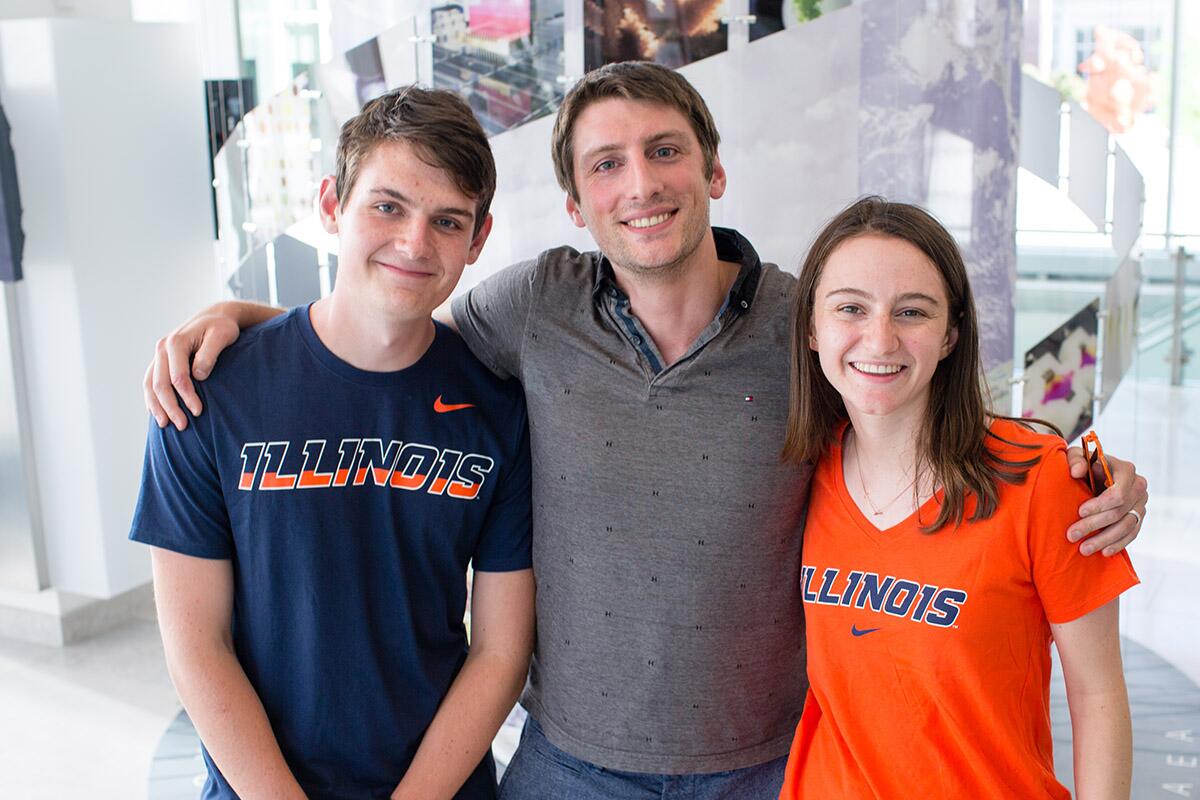Undergrad-led study suggests light environment modifications could maximize productivity

CHAMPAIGN, Ill. — The crops we grow in the field often form dense canopies with many overlapping leaves, such that young “sun leaves” at the top of the canopy are exposed to full sunlight with older “shade leaves” at the bottom. In order to maximize photosynthesis, resource-use efficiency, and yield, sun leaves typically maximize photosynthetic efficiency at high light, while shade leaves maximize efficiency at low light.
“However, in some of our most important crops, a maladaptation causes a loss of photosynthetic efficiency in leaves at the bottom of the canopy, which limits the plants’ ability to photosynthesize and produce yields,” said Charles Pignon, a former postdoctoral researcher at the University of Illinois. “In order to address this problem, it’s important to know whether this is caused by leaves being older or exposed to a different light environment at the bottom of the canopy.”